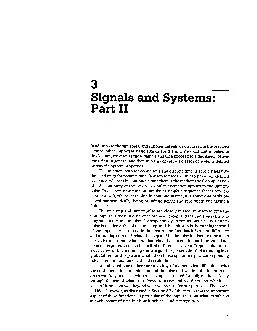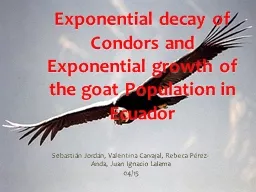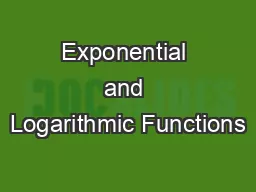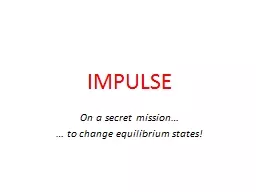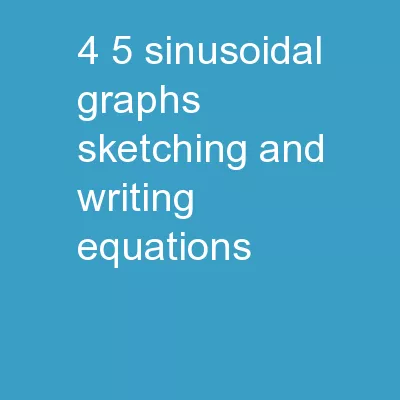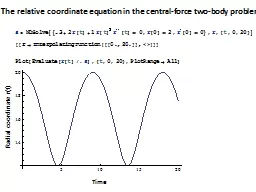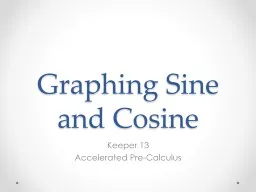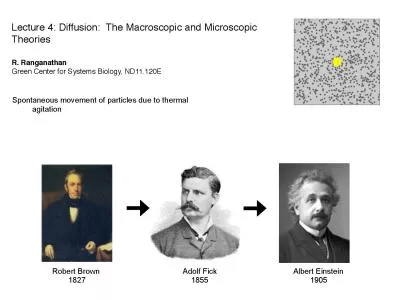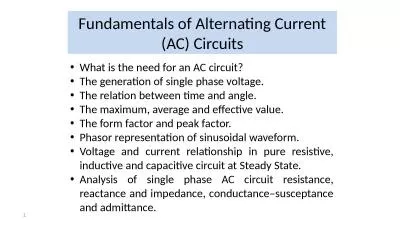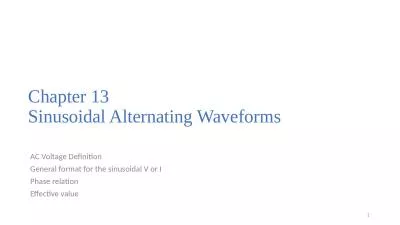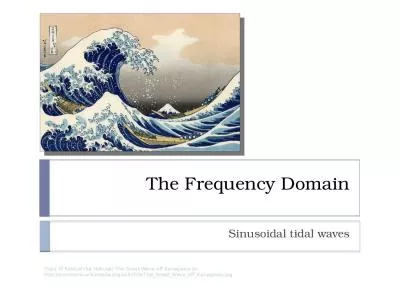PDF-Signals and Systems Part II In addition to the sinusoidal and exponential signals discussed
Author : lindy-dunigan | Published Date : 2015-01-20
In this lecture we discuss these signals and then proceed to a discussion of sys tems first in general and then in terms of various classes of systems defined by
Presentation Embed Code
Download Presentation
Download Presentation The PPT/PDF document "Signals and Systems Part II In addition ..." is the property of its rightful owner. Permission is granted to download and print the materials on this website for personal, non-commercial use only, and to display it on your personal computer provided you do not modify the materials and that you retain all copyright notices contained in the materials. By downloading content from our website, you accept the terms of this agreement.
Signals and Systems Part II In addition to the sinusoidal and exponential signals discussed: Transcript
Download Rules Of Document
"Signals and Systems Part II In addition to the sinusoidal and exponential signals discussed"The content belongs to its owner. You may download and print it for personal use, without modification, and keep all copyright notices. By downloading, you agree to these terms.
Related Documents

